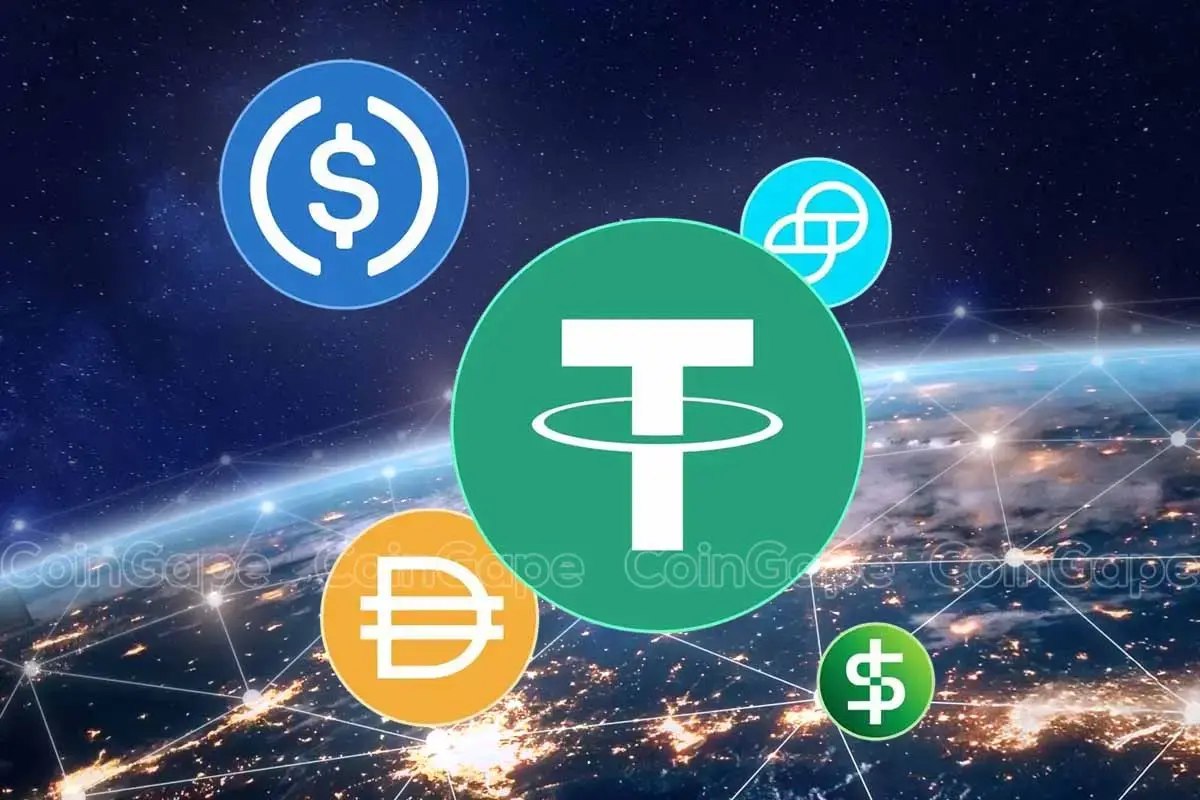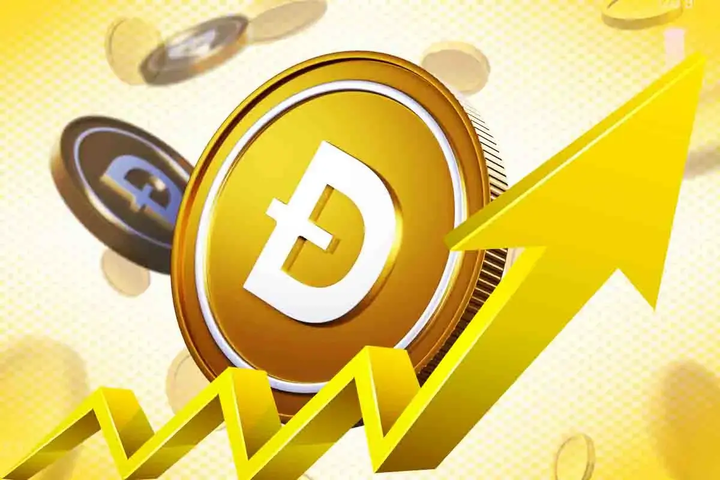
The U.S. Securities and Exchange Commission (SEC) has clarified that certain stablecoins, specifically those backed one-to-one by the U.S. dollar, do not qualify as securities under federal laws. This decision helps provide greater regulatory clarity in the growing field of cryptocurrency and blockchain technology.
US SEC Defines Covered Stablecoins
In a recent statement, after the US SEC’s incoming chair got voted in by the Senate committee, the Division of Corporation Finance defined “Covered Stablecoins” as those stablecoins that maintain a stable value relative to the U.S. dollar. These tokens are backed by assets held in a reserve, which are low-risk and highly liquid, ensuring that they can always be redeemed for U.S. dollars at a one-to-one ratio.
The SEC has noted that such stablecoins are intended to be used for payment, transferring of money and for value storage rather than being investment products.
The SEC provided an opinion that the process of minting and redeeming these stablecoins does not fall under the Securities Act or the Securities Exchange Act. Consequently, any parties that engage in the issuance and circulation of these stablecoins are not regulated nor required to abide by the US securities laws or register with the US SEC.
Marketing of Stablecoins Clarified
The US SEC further detailed that Covered Stablecoins are marketed as a stable and reliable medium of exchange, with no promise of profits or returns. In its statement, the SEC noted that these are not advertised as investments and do not provide holders with any governance rights or financial returns based on the issuer’s performance.
By clarifying the marketing strategies surrounding these stablecoins, the SEC aims to prevent any confusion about their classification as securities. This moves comes post the U.S. passing the STABLE Act, establishing a regulatory framework for USD-pegged.
The SEC’s statement also addresses the importance of maintaining a stable value relative to the U.S. dollar. These stablecoins are not meant to fluctuate in price like other cryptocurrencies, such as Bitcoin or Ethereum. As a result, their primary role is to facilitate transactions and act as a stable store of value rather than to generate financial returns for holders.
Reserve Requirements for Stablecoins
The SEC further elaborated that Covered Stablecoins are presented as a stable store of value and medium of exchange that cannot faithfully fill the role of a security promising profits or returns. The SEC, in its statement, stated that they are not promoted as an investment and they do not give the holders any rights or any type of financial returns on the issuer.
In this respect, the mission of the US SEC is to define the marketing strategies concerning them in order to avoid any misunderstanding of their nature.
The SEC also gives emphasis on the company maintaining stable price that does not fluctuate with the U.S dollar. These coins are relatively stable compared to other cryptocurrencies like the Bitcoin or the Ethereum because they are designed to have fixed values. Consequently, their main functions are to be used as a medium of exchange and serve as a unit of account instead of producing revenue for owners.
SEC’s Application of Reves and Howey Tests
According to the findings of the legal analysis, the defends used two legal benchmarks known as Reves and Howey tests to establish if the asset is a security. Under the Reves test, the SEC has held that Covered Stablecoins are akin to traditional commercial instruments as opposed to securities. Another reason is the Howey test that emphasizes that these buyers use these assets for commercial reasons with the expectation of gains other than in the form of profits.
Based on its decision, the SEC decided that Covered Stablecoins do not fall under the securities definition under the federal securities laws. This decision is founded on the fact they are mainly used as a medium of exchange, and not as an investment vehicle backed by readily saleable assets.
This clarification from the SEC comes as Congress continues to work on cryptocurrency legislation. While the SEC’s stance provides clarity on stablecoins, it does not address other digital assets, such as yield-bearing tokens, which may fall under securities regulations. The move aligns with ongoing efforts in the U.S. government to regulate digital assets and cryptocurrency more comprehensively.
The post US SEC Rules Dollar-Backed Stablecoins Are Not Securities Under Federal Laws appeared first on CoinGape.



